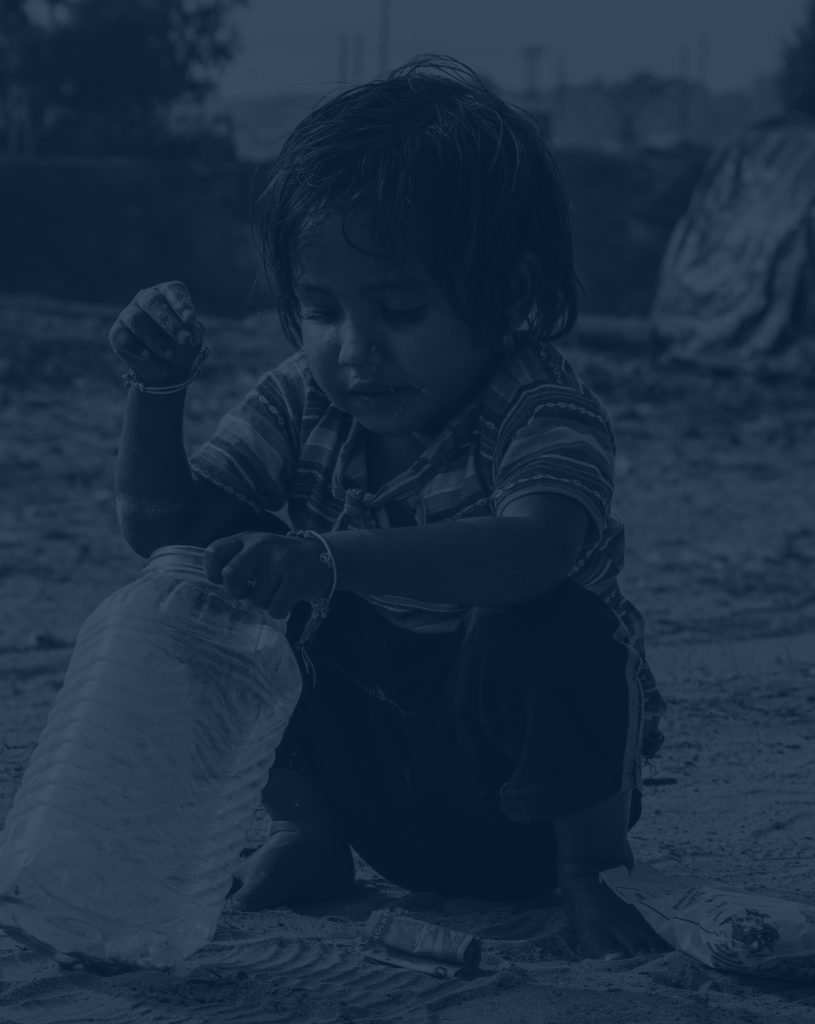In the delicate balance of our planet’s intricate ecosystems, a silent menace is gaining momentum, fueled by the relentless force of climate change. As temperatures rise and weather patterns shift, the impacts extend far beyond melting glaciers and rising sea levels. A perilous partnership lurks in the shadows of this global crisis – the symbiotic dance between climate change and the resurgence of a centuries-old adversary: malaria.
As we stand at the crossroads of environmental degradation and public health, this two-part series aims to delve into the complex interplay between climate change and the spread of malaria.
One of the lesser-known but significant impacts of climate change is its influence on the spread and prevalence of infectious diseases, such as malaria. Malaria, a mosquito-borne illness caused by the Plasmodium parasite, affects millions worldwide and is intricately linked to climate conditions.
Last year, the World Health Organization released its 2023 World Malaria Report, stating, “the changing climate poses a substantial risk to progress against malaria, particularly in vulnerable regions. Sustainable and resilient malaria responses are needed now more than ever, coupled with urgent actions to slow the pace of global warming and reduce its effects.” It is crucial to recognize the multitude of threats that impede our response efforts.
Temperature and Mosquito Habitats
The life cycle of the malaria parasite is closely tied to the behavior and survival of its primary vector, the female Anopheles mosquito. Temperature plays a crucial role in the mosquito’s reproductive and survival rates. As global temperatures rise due to climate change, it alters the distribution and behavior of mosquitoes, expanding their habitats into new regions.
In warmer climates, mosquitoes breed more rapidly, and the development of the malaria parasite within them accelerates. This leads to an increased frequency of mosquito bites, resulting in a higher transmission rate of the disease.
Altered Precipitation Patterns
Climate change also influences precipitation patterns, causing shifts in rainfall intensity, duration, and frequency. These changes impact the availability of breeding sites for mosquitoes. Excessive rainfall can create stagnant water pools, providing ideal conditions for mosquito larvae to thrive. Conversely, prolonged droughts can lead to water scarcity, forcing people to store water in containers that become potential breeding grounds for mosquitoes.
Geographic Spread of Malaria
Warmer temperatures allow mosquitoes to survive in higher altitudes and latitudes, extending the geographical range of malaria transmission. Regions that were once considered low-risk for malaria are now witnessing an increased incidence of the disease. This expansion poses a threat to populations that lack historical exposure and immunity, making them more susceptible to severe forms of malaria.
Changing Disease Patterns
Climate change not only affects the distribution of malaria but also alters the timing and seasonality of outbreaks. Warmer temperatures can lead to prolonged transmission seasons, allowing mosquitoes to thrive for extended periods. This, in turn, exposes populations to an increased risk of infection, disrupting traditional patterns of disease occurrence.
Impact on Vulnerable Communities
It is crucial to recognize that the burden of malaria disproportionately affects vulnerable communities, particularly those in low-income countries with limited access to healthcare and resources. These communities often lack the infrastructure to cope with the changing dynamics of malaria transmission, making them more susceptible to outbreaks and epidemics.
The impact of climate change on malaria is a complex and multifaceted challenge that requires global cooperation and concerted efforts to mitigate its effects. Addressing climate change is not only essential for the well-being of the planet but also for safeguarding human health.
Domuschiev Impact is committed to the health and vitality of the global community, especially
in parts of the world that are still developing. As the only WHO-qualified and authorized manufacturer of critical formula components, Huvepharma has spent significant resources – including research and capital investments – to develop low-cost treatments.
As we work towards sustainable solutions, we must prioritize initiatives that empower vulnerable communities, strengthen healthcare systems, and foster resilience in the face of a changing climate. By understanding and addressing the intricate relationship between climate change and malaria, we can build a healthier and more sustainable future for all.
Learn more about Domuschiev Impact’s plans to develop a new Global Anti-Malaria Center focused on bringing a truly competitive, no-profit-no-loss treatment for malaria to market.



